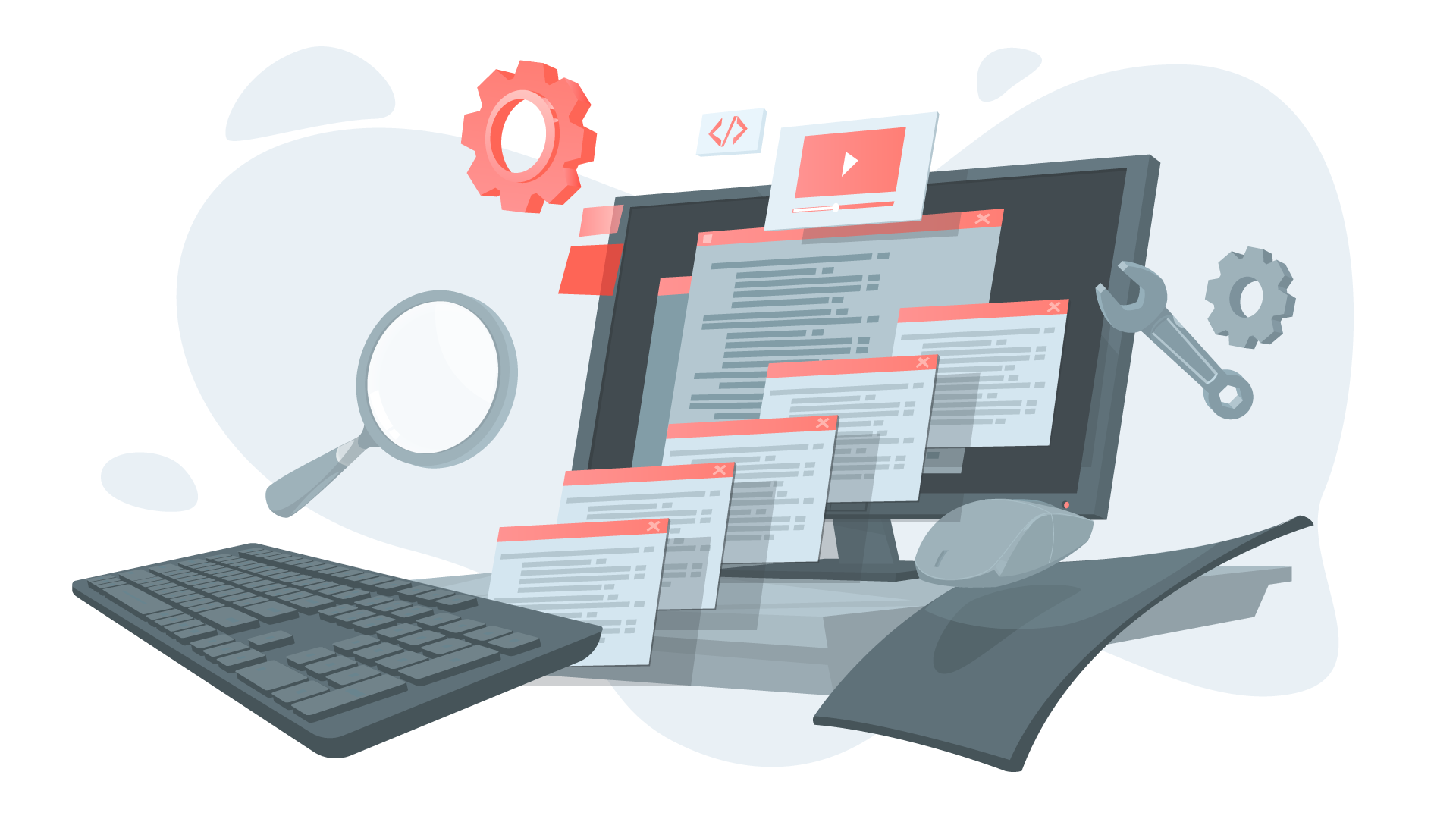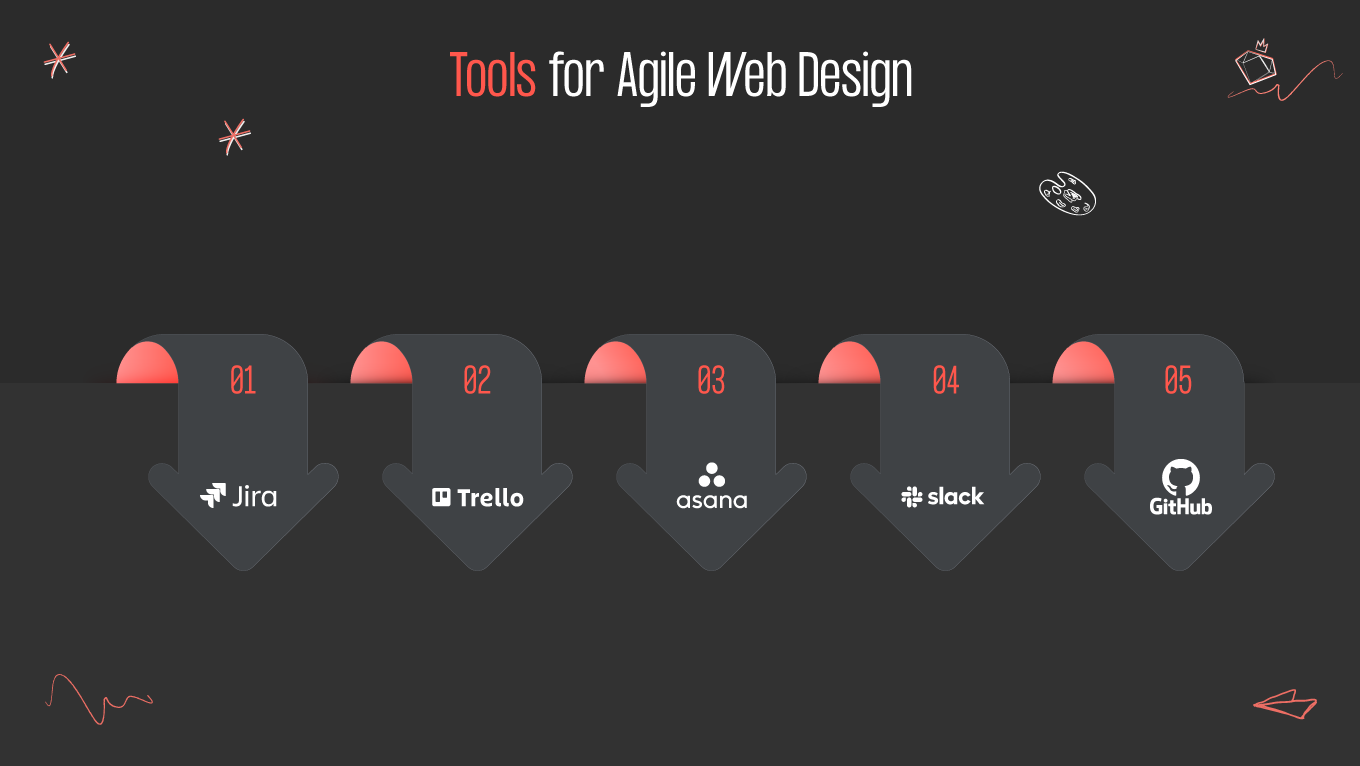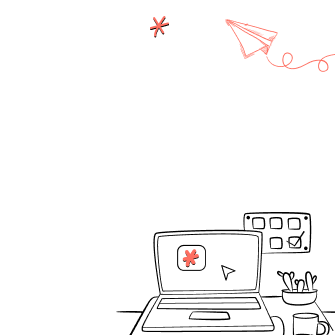Navigating the digital landscape as an IT CEO or Project Manager, you're well acquainted with the pressures of delivering functional and exemplary web designs that stand out in a saturated market. It's a challenge where every decision could pivot the success of your enterprise. Have you ever considered that the methodology behind your web design could be as crucial as the design itself? According to the 14th Annual State of Agile Report by VersionOne, as of 2020, 97% of organizations surveyed reported using Agile methodologies in their software development projects. This statistic highlights the widespread adoption of Agile practices across various industries and underscores its effectiveness in delivering projects with increased speed, adaptability, and efficiency.
But let's pause for a moment. While Agile boasts a framework for delivering exceptional websites on time and within budget, it's not without its intricacies. Can you believe the same processes that streamline your project flow can also present unique challenges, such as scope creep or shifting goals? It's a delicate balancing act that requires finesse and experience.
This is where Gapsy Studio steps in. We empathize with the unique challenges faced by decision-makers like you and understand the importance of not just meeting but exceeding project goals. Our experts are adept in Agile web design, providing tailored solutions that ensure your resources are optimized for maximum productivity and innovation. Our commitment is reflected in the numbers—with Agile projects being 28% more successful than traditional ones, we're positioned to elevate your web projects from the ordinary to the extraordinary.
As you delve into this article, we invite you to explore how Agile web design can revolutionize your processes and how our team at Gapsy Studio can guide you to success. We're not just offering services; we're offering a partnership that guarantees an outstanding experience and higher productivity. Your journey towards an efficient, impactful web presence starts here—let's connect and bring your vision to life.











